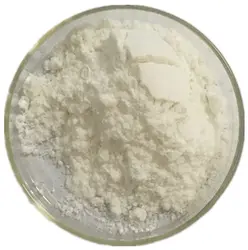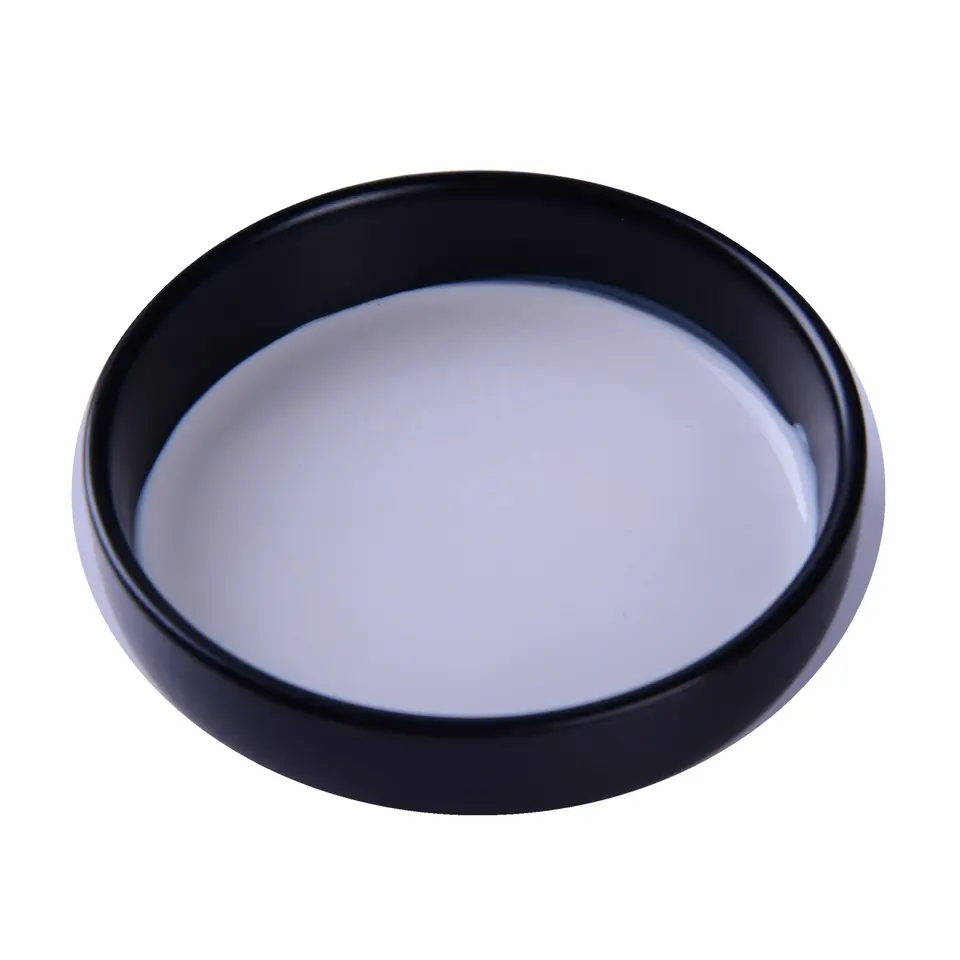Paclobutrazol is a triazole plant growth regulator successfully developed in the 1980s. It is an inhibitor of endogenous gibberellin synthesis. It can also increase the activity of rice indole acetate oxidase and reduce the level of endogenous IAA in rice seedlings. Significantly weakens the growth advantage of the top of rice seedlings and promotes the growth of side buds (tillers). The appearance of the seedlings is short, strong and tillered, with dark green leaves. The root system is well developed. Anatomical studies have shown that paclobutrazol can make cells in roots, leaf sheaths, and leaves of rice seedlings smaller, and increase the number of cell layers in each organ. Tracer analysis shows that rice seeds, leaves, and roots can absorb paclobutrazol. Most of the paclobutrazol absorbed by the leaves remains in the absorption part and is rarely transported outward. Low concentrations of paclobutrazol increase the photosynthetic efficiency of rice seedling leaves; high concentrations inhibit photosynthetic efficiency. Increase root respiration intensity; reduce above-ground respiration intensity, increase leaf stomatal resistance, and reduce leaf transpiration.
The agricultural application value of paclobutrazol lies in its control effect on crop growth. It has the effects of delaying plant growth, inhibiting stem elongation, shortening internodes, promoting plant tillering, promoting flower bud differentiation, increasing plant stress resistance, and increasing yield. This product is suitable for crops (plants) such as rice, wheat, peanuts, fruit trees, tobacco, rape, soybeans, flowers, lawns, etc. The effect is remarkable.
Post time: Nov-13-2023







